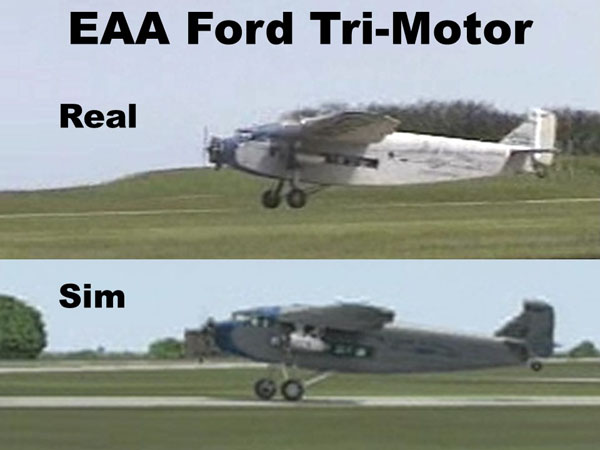
Vintage Aircraft Flight Simulator
I produced the world’s first YouTube video that showed a pilot flying a simulator combined with corresponding in-sim video. AND combined with real video from the real airplane he is simulating. Let me break that down for you. This was…
- Video I took of the EAA Ford Tri-Motor when I flew in it
- In-simulator video of the EAA Ford Tri-Motor that I created in Flight Simulator 2004
- Video of me flying the EAA Ford Tri-Motor in the Roger Dodger Aviation Training Simulator
Roger Dodger’s First Flight Sim
First of all, I completed my first large-scale flight simulator in 2005 and I used it as a part of my aviation ground school. I produced this video to showcase the capabilities of the simulator. I called it the Roger Dodger Aviation Training Simulator (RDATS). It featured dual airplane controls and two comfortable seats from a Dodge Caravan. Notice in the video, I never show the computer monitor. That’s because it was so difficult to get good video of it.
Vintage Aircraft Flight Simulator
Microsoft Flight Simulator 2004 included the Ford Tri-Motor as a default aircraft. Consequently, I spent a lot of time flying that vintage airliner. FS2004 made it possible to re-create the entire transcontinental route across the USA. As a result, I got the idea for the NY2LA fund raiser that we hosted the same year. The Tri-Motor was missing from FSX and I miss that old vintage aircraft flight simulator.
EAA’s Ford Tri-Motor
Most noteworthy, the EAA flew its Ford Tri-Motor into Kansas City in 2005. Not only that, they also sold rides because this was a part of their national tour. I happily bought a flight and took a lot of video. Looking at it now, the video is old and grainy, but it was great back then.
The Vara-Tones
A member of the Vara-Tones gave me verbal permission to use their music. I actually called them on the phone and talked to one of them. It turns out these guys are all retired from the aviation industry in California. Very cool!


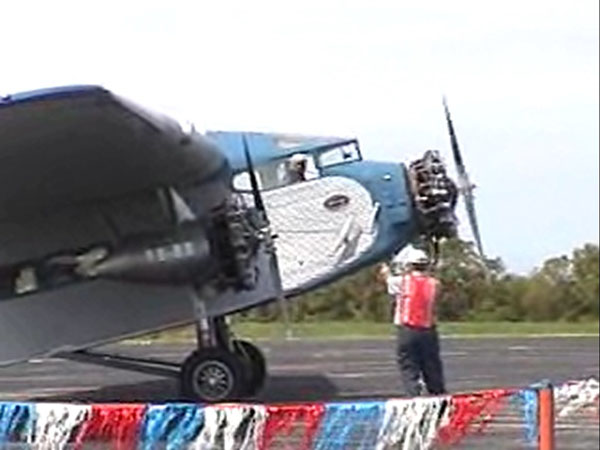
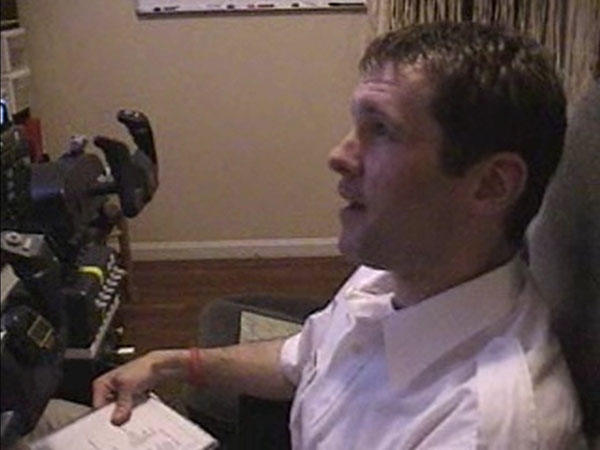

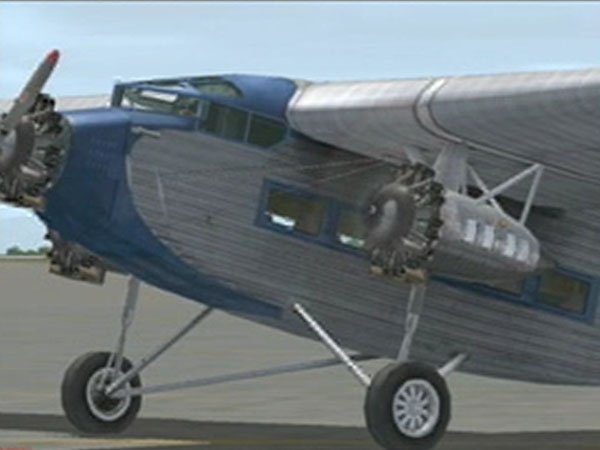
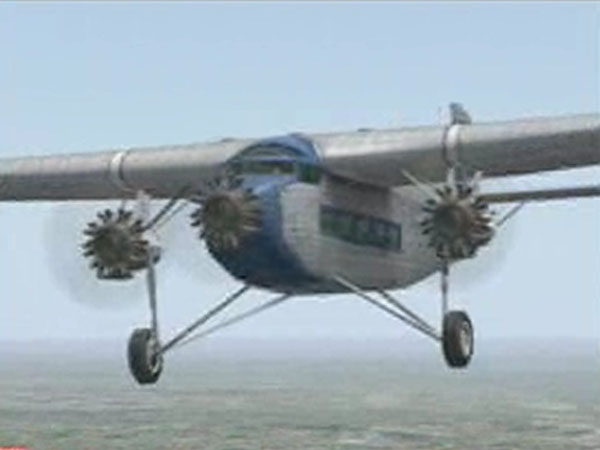


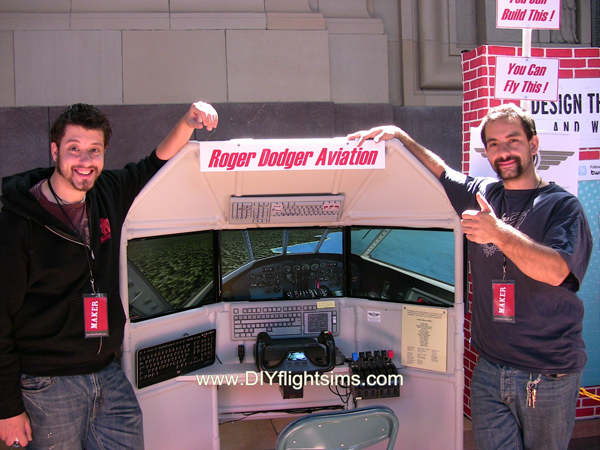
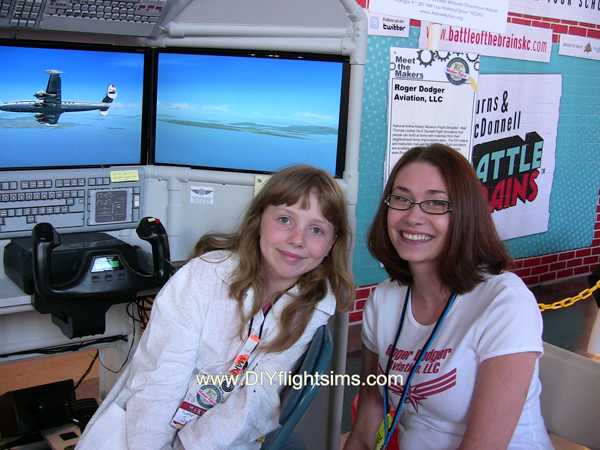

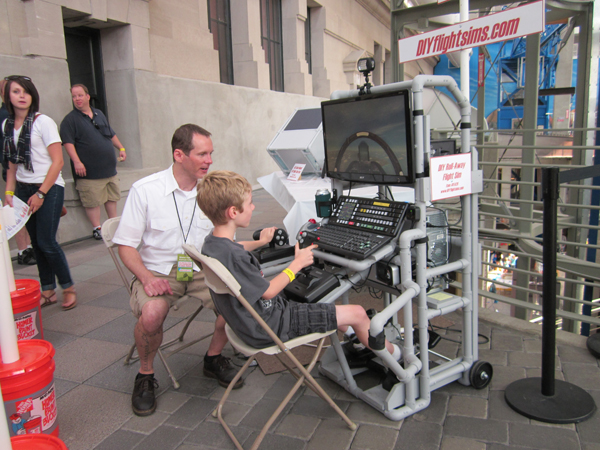
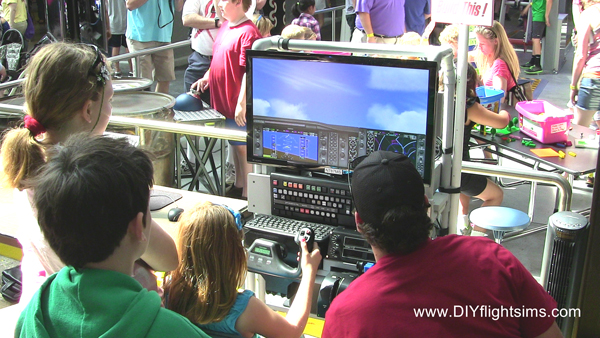
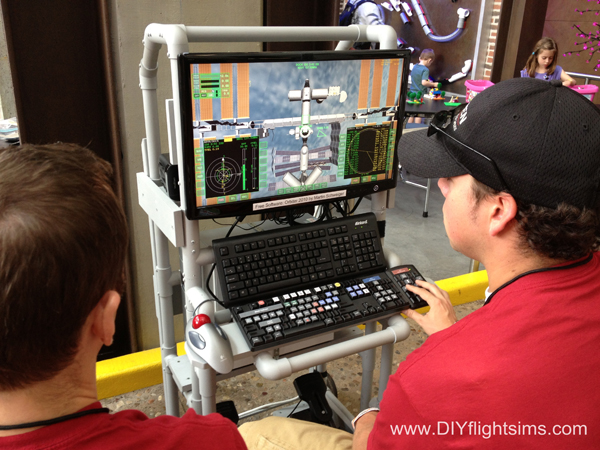
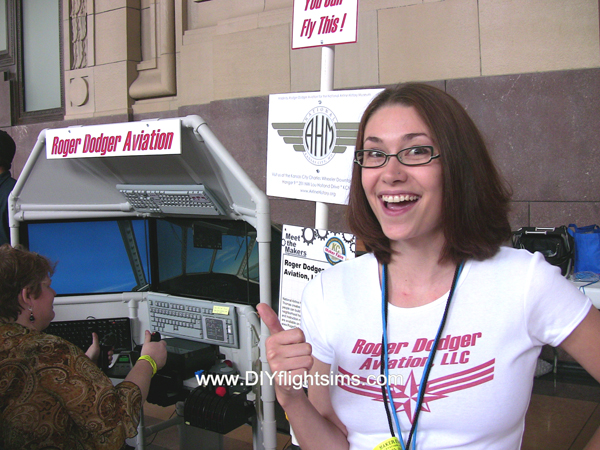

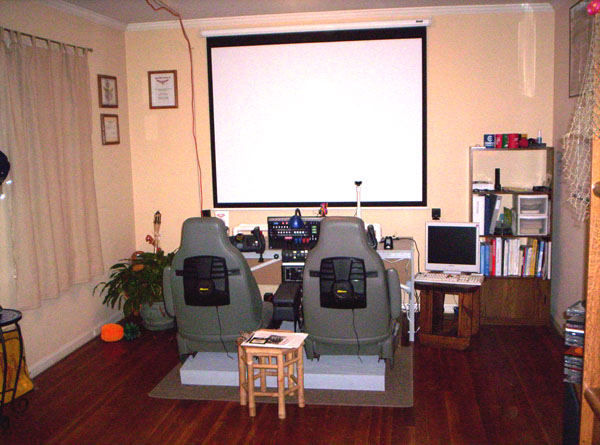
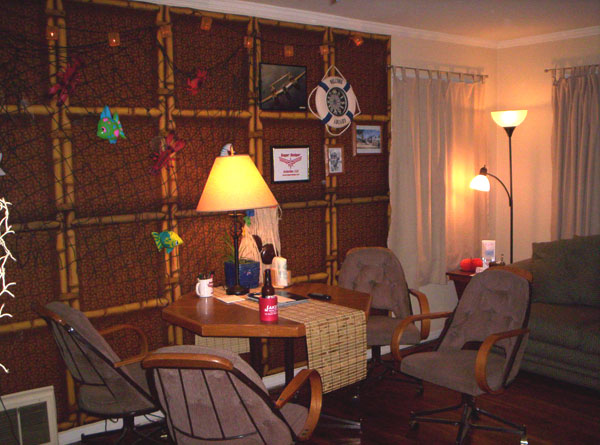
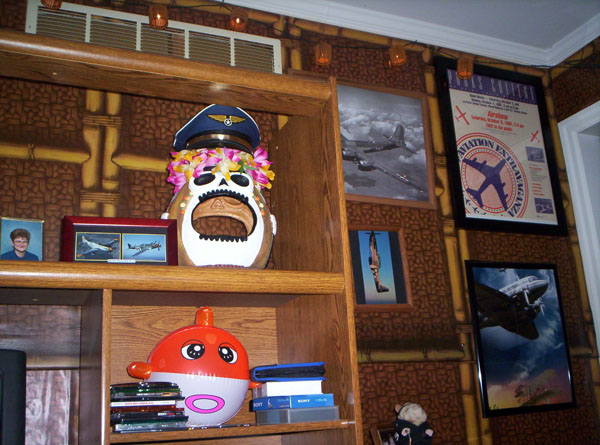
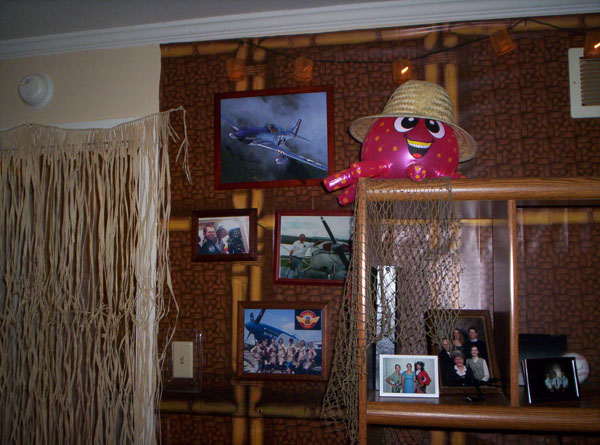

Recent Comments